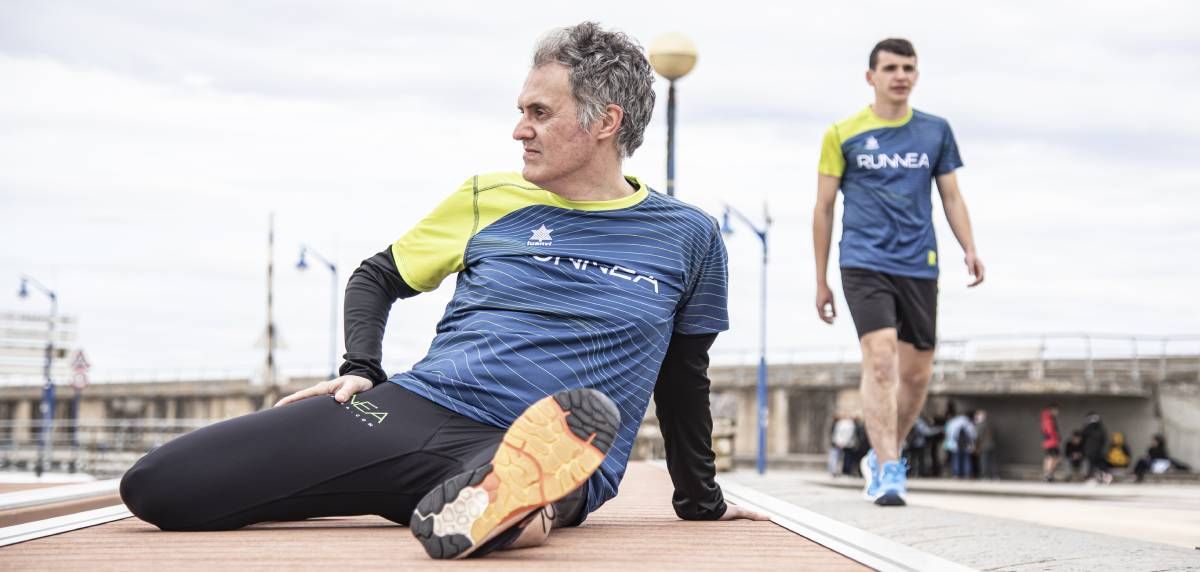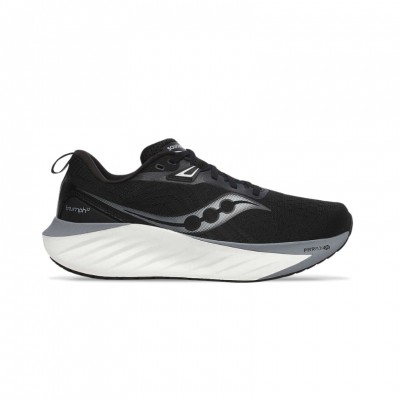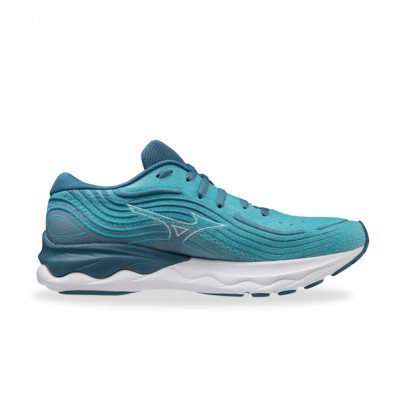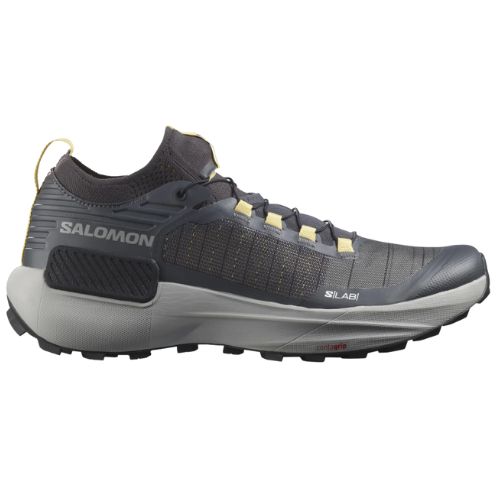If you already have experience in running, it is possible that at some point you have experienced physical discomfort in the external and upper area of the knee. In the case of having the fortune of not having suffered them, surely you know someone who has experienced this type of discomfort or pain. Although it is not advisable to generalize, it is very likely to be iliotibial band syndrome, or as it is known in runner's jargon, runner's knee. From RUNNEA, we are going to explain what it is and , most importantly, how to prevent it.
Origin and causes of iliotibial band syndrome
Before describing the injury itself, we are going to give you some very basic notions of anatomy. The iliotibial band, which is part of the tensor fascia latae (TFL) muscle, is located on the outside of our thigh, running approximately from the iliac spine (hip) to the lateral condyle of the tibia (knee). Precisely it is the iliotibial band the part that is inserted with the knee and it is in that point where the symptoms of this injury are located.
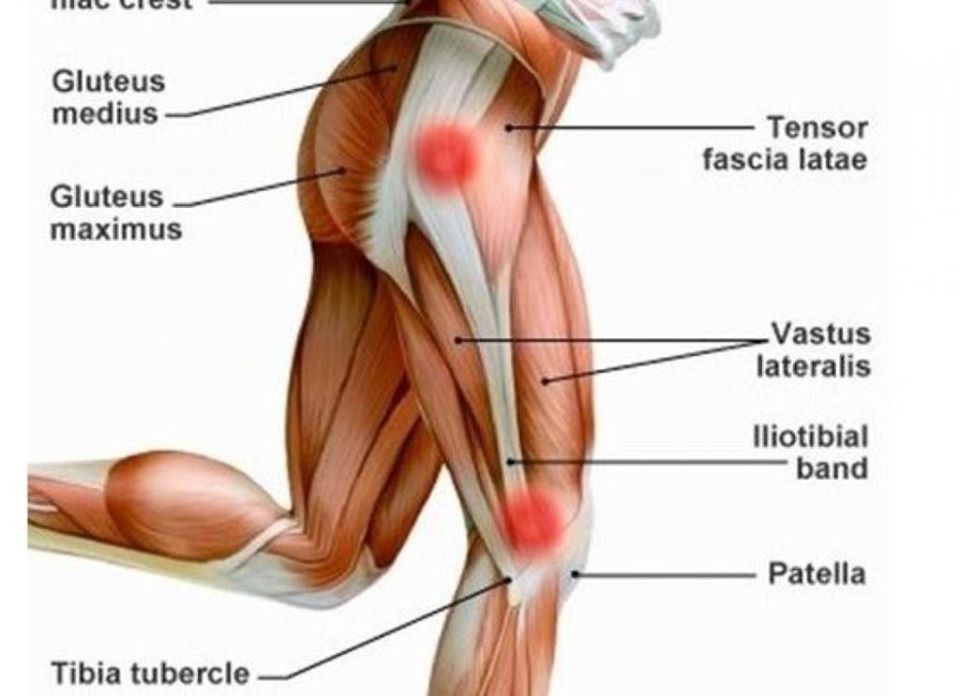
Although there is no single cause for this syndrome, it usually occurs due to the weakness or lack of strength of our gluteal musculature, so that this imbalance generates a greater stress on the cintilla and it suffers, generating a pain in the external zone of the knee (insertion zone). However, it is possible that the area may suffer if we have strong gluteus muscles, either, for example, due to an incorrect running mechanics, by using inadequate Running shoes or because we exceed in the volume of kilometers of our training sessions.
As we mentioned at the beginning, this is a common injury and very specific to endurance runners, but, above all, trail runners are the ones who suffer most from this type of syndrome. This fact has a very simple explanation. The irritation of the iliotibial band tissue occurs mainly when the knee extension mechanism is activated, that is, when we stretch our leg. If you stop to think about it, this gesture is much more present and more pronounced when we run in the mountains, since it is the negative slopes (descents) that force us to extend the knee more, generating much greater impact forces.
What to do if I suffer from runner's knee syndrome?
First of all, if the discomfort is noticeable and repeated over time, we should stop our activity and avoid any sport that generates impact on our joints. At this time, it is highly recommended to visit a physiotherapist to evaluate our particular case and give us the guidelines to start the recovery of the injury. In addition to rest and the treatment itself to return to running as soon as possible, the work of prevention is going to have a fundamental importance.
This preventive work should be based on strength training globally, but especially in strengthening our buttocks, since, as we have previously mentioned, their lack of strength is the main focus of injury. To do this, we recommend that if you have not been doing it before, start to include in your training routines strength exercises, either in the gym or at home, and if possible, with heavy material: dumbbells, kettlebells, bars...
Although there are many possibilities to strengthen our gluteal muscles, below we recommend three exercises that should be a "must" in your strength routines:
Hip thrust
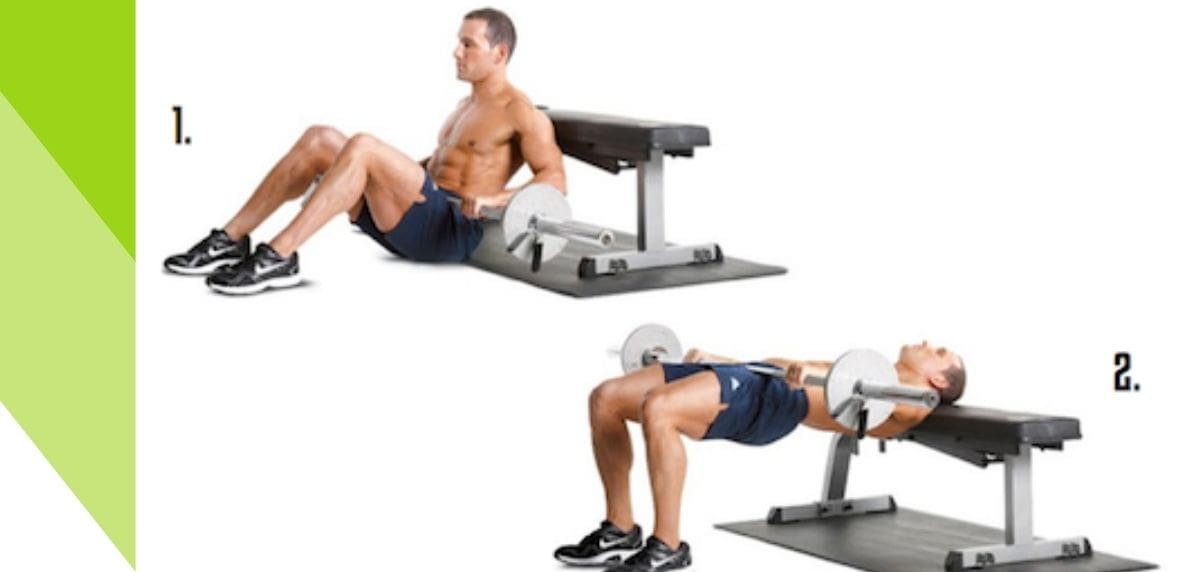
Gluteal bridge
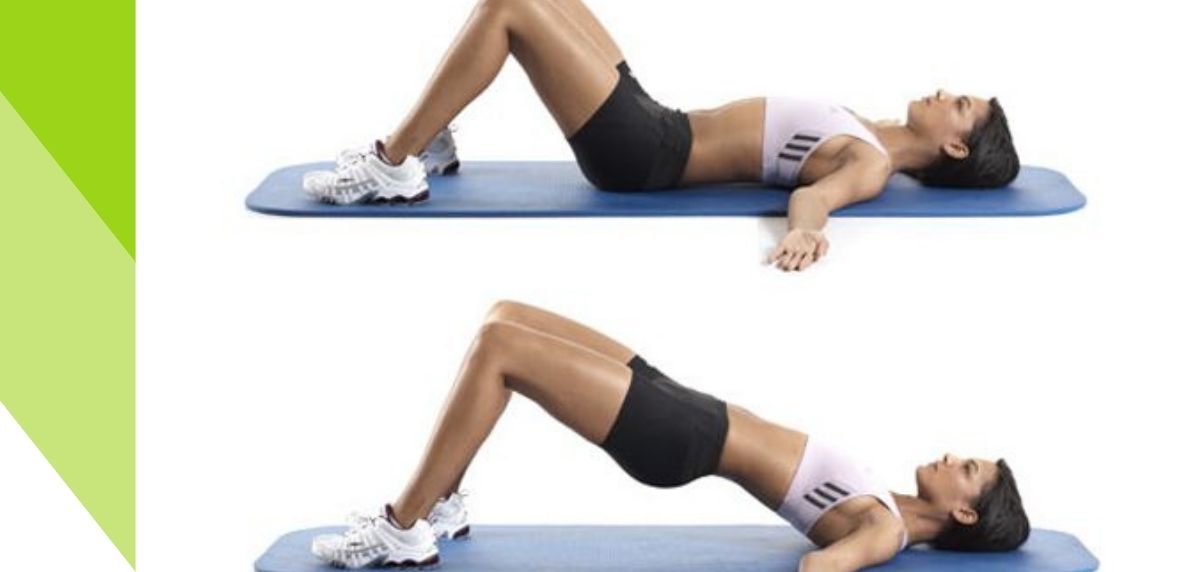
Bulgarian squat
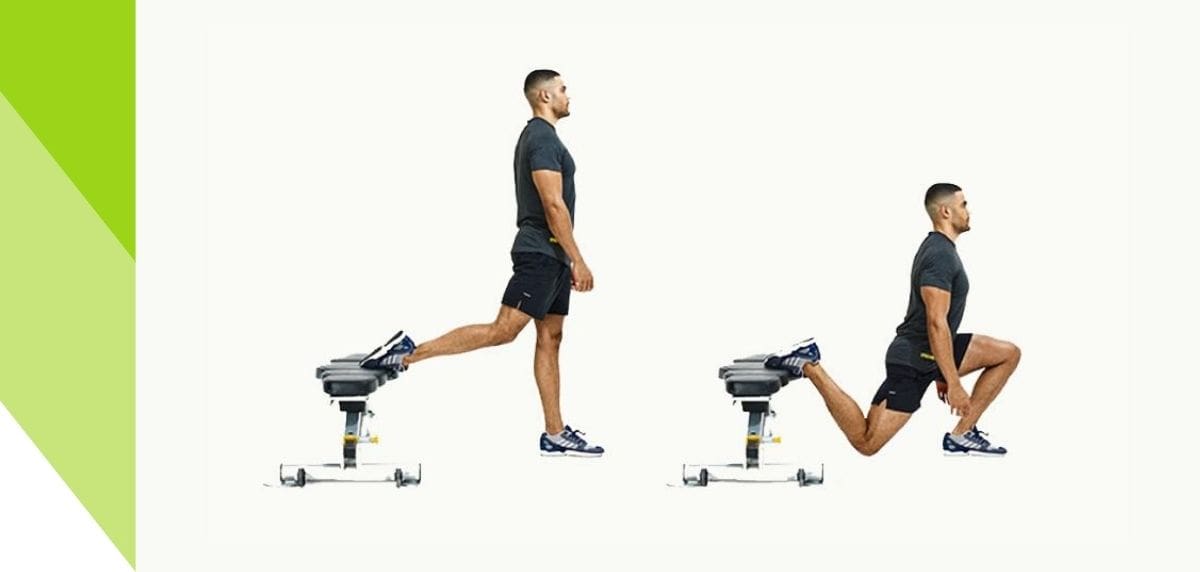
In addition to these movements, you can complete your strength training with other exercises that work the rest of the muscles.
There is no body more balanced than one that has all its elements strong and healthy.
Finally, once you are ready to start running again, we recommend a gradual return to running. In the first instance, it is interesting to combine periods of walking and running so as not to overload the affected area, as well as to take your strides over terrain that is not excessively hard, such as synthetic materials (running track), grass or gravel. At the same time, it will be important that you prioritizeroutes where there are no steep descents, choosing if possible flat or even uphill areas, doing the downhill parts very slowly or even walking.
Hopefully you will be lucky enough not to experience this type of injury, runners. If this happens to you, you already have the necessary tools for prevention and action against iliotibial band syndrome in the RUNNEA magazine. In the meantime, keep racking up the miles of enjoyment and health!
- You may beinterested in: The importance of mobility in running
Read more news about: Sports Injuries
